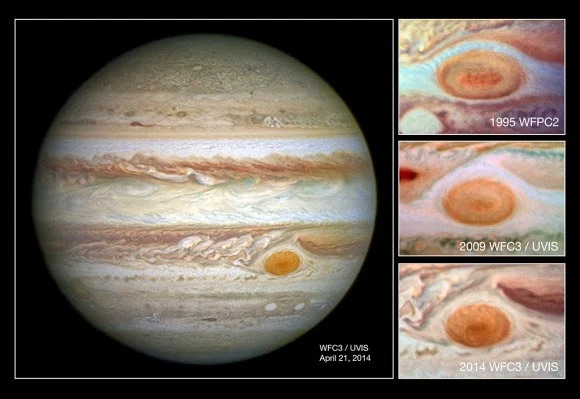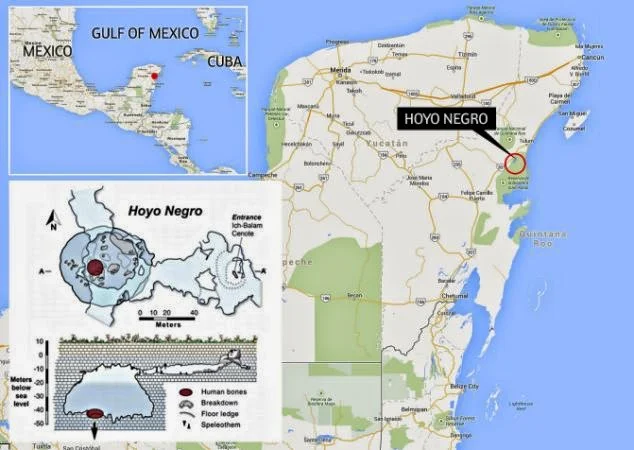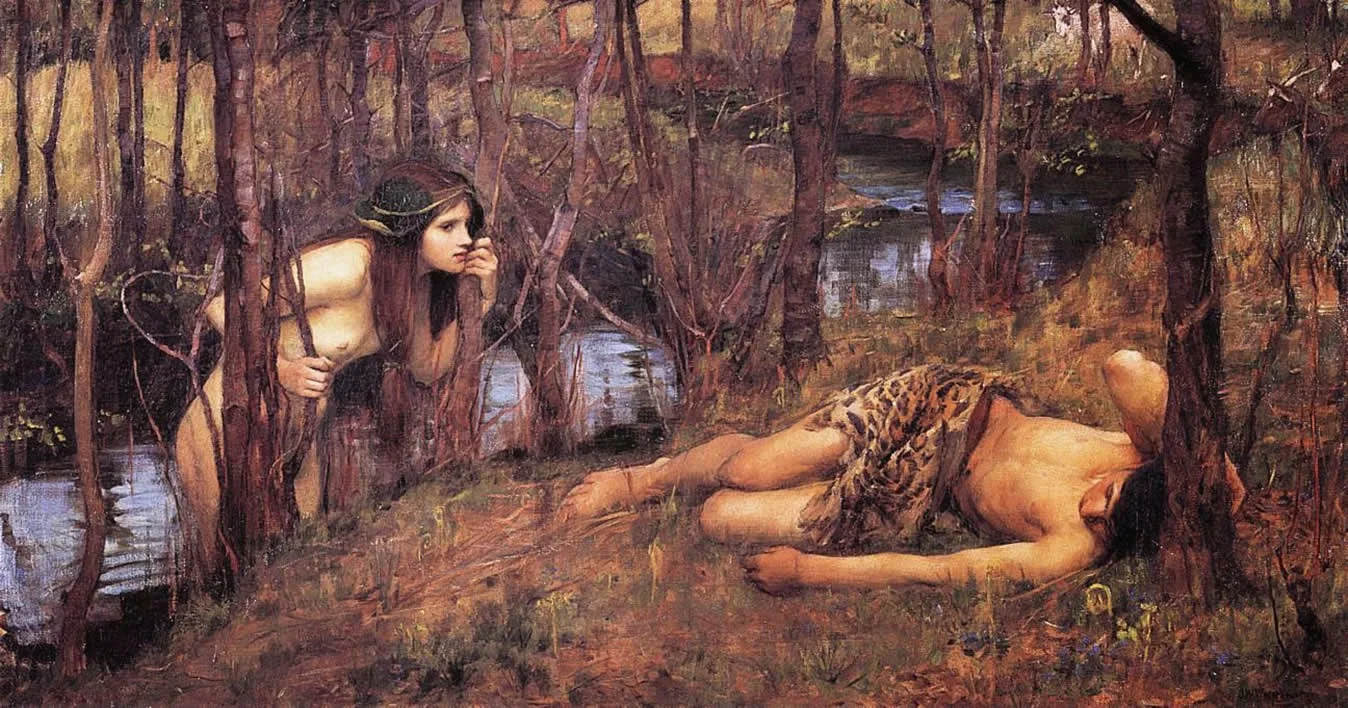Η
πάνω (δεξιά) φωτογραφία λήφθηκε από το διαστημικό τηλεσκόπιο Hubble το 1995 όταν η κηλίδα είχε διάμετρο
περίπου 21.000 χιλιόμετρα, η πιο ενδιάμεση φωτογραφία δείχνει την κηλίδα το
2009 όταν η διάμετρός της ήταν 18.000 χιλιόμετρα και η κάτω (όπως και η μεγάλη
φωτο αριστερά) δείχνει την ερυθρά κηλίδα το 2014, με διάμετρο μόλις 16.000
χιλιόμετρα. In this comparison image the photo at the top was
taken by the Hubble Space Telescope in 1995 and shows the spot at a diameter of
just under 13,050 miles (21,000 km); the second down shows a 2009 photo of the
spot at a diameter of just under 11,180 miles (18,000 km); and the lowest shows
the newest image from taken in 2014 with the spot at its smallest yet, with
diameter of just 9,940 miles (16,000 km). Credit:
NASA/ESA
Μια
πολύ ενδιαφέρουσα διαπίστωση έκανε διεθνής ομάδα επιστημόνων με τη βοήθεια του
διαστημικού τηλεσκοπίου Hubble. Όπως φαίνεται, η περίφημη «κόκκινη κηλίδα» του
Δία έχει αρχίσει να συρρικνώνεται. Η «κόκκινη κηλίδα» είναι μια γιγάντια σε
εύρος και ένταση καταιγίδα που ξεκίνησε πριν από περίπου 300 χρόνια. Υπάρχουν
πολλά αναπάντητα ερωτήματα για αυτό το εντυπωσιακό φαινόμενο με αποτέλεσμα να
αποτελεί μόνιμο στόχο των επιστημόνων.
Καταιγίδα
γίγας
Η
«κόκκινη κηλίδα» είναι μια μόνιμη καταιγίδα, ένας αντικυκλώνας, που βρίσκεται
22 μοίρες νότια του ισημερινού του γίγαντα του ηλιακού μας συστήματος. Είναι
τόσο μεγάλη ώστε θα μπορούσαν να «χωρέσουν» μέσα σε αυτή 2-3 πλανήτες σαν τη
Γη.
Drawing of Jupiter
made on Nov. 1, 1880 by French artist and astronomer Etienne Trouvelot showing
transiting moon shadows and a much larger Great Red Spot.
Στο τέλος του 19ου αιώνα η κηλίδα υπολογιζόταν ότι είχε διάμετρο σχεδόν
41.000 χιλιομέτρων.
Η
νέα μέτρηση
Μια
από τις νέες εικόνες που κατέγραψε το Hubble από τον Δία και την κόκκινη κηλίδα. Οι νέες εικόνες
δείχνουν ότι η γιγάντια καταιγίδα συρρικνώνεται. Jupiter’s Great Red Spot or
GRS is located in a ‘bay’ or hollow south of the swirly South Equatorial Belt.
A titanic storm that’s raged like hurricane-like for at least 400 years, the
top of the Spot’s cloud deck rises 5 miles (8 km) above the planet’s clouds and
rotates in an anticlockwise direction about once every 4 days. This photo was
taken by Hubble on April 21, 2014. Credit: NASA / ESA / A. Simon
Ομάδα
αμερικανών και ευρωπαίων επιστημόνων με επικεφαλής την Έιμι Σάιμον του Κέντρου
Διαστημικών Πτήσεων Goddard της NASA μελέτησε νέες εικόνες της κηλίδας που
κατέγραψε το Hubble. Οι νέες παρατηρήσεις δείχνουν ότι η κηλίδα έχει πλέον
διάμετρο σχεδόν 16.500 χιλιομέτρων αλλά και ότι είναι πιο στρογγυλή και όχι
οβάλ. Οι ειδικοί εκτιμούν ότι η κηλίδα συρρικνώνεται κατά περίπου 1.000
χιλιόμετρα κάθε χρόνο χωρίς ωστόσο να μπορούν να δώσουν μια εξήγηση για αυτή
την εξέλιξη.
Η
ίδια ερευνητική ομάδα σχεδιάζει τώρα νέες έρευνες και μετρήσεις για να
διαπιστωθεί τι συμβαίνει στην ταραχώδη ατμόσφαιρα του Δία. Οι επιστήμονες
εικάζουν ότι πιθανώς οι ατμοσφαιρικές συνθήκες απορροφούν την ενέργεια της
κηλίδας, με συνέπεια αυτή να μικραίνει συνεχώς.




























